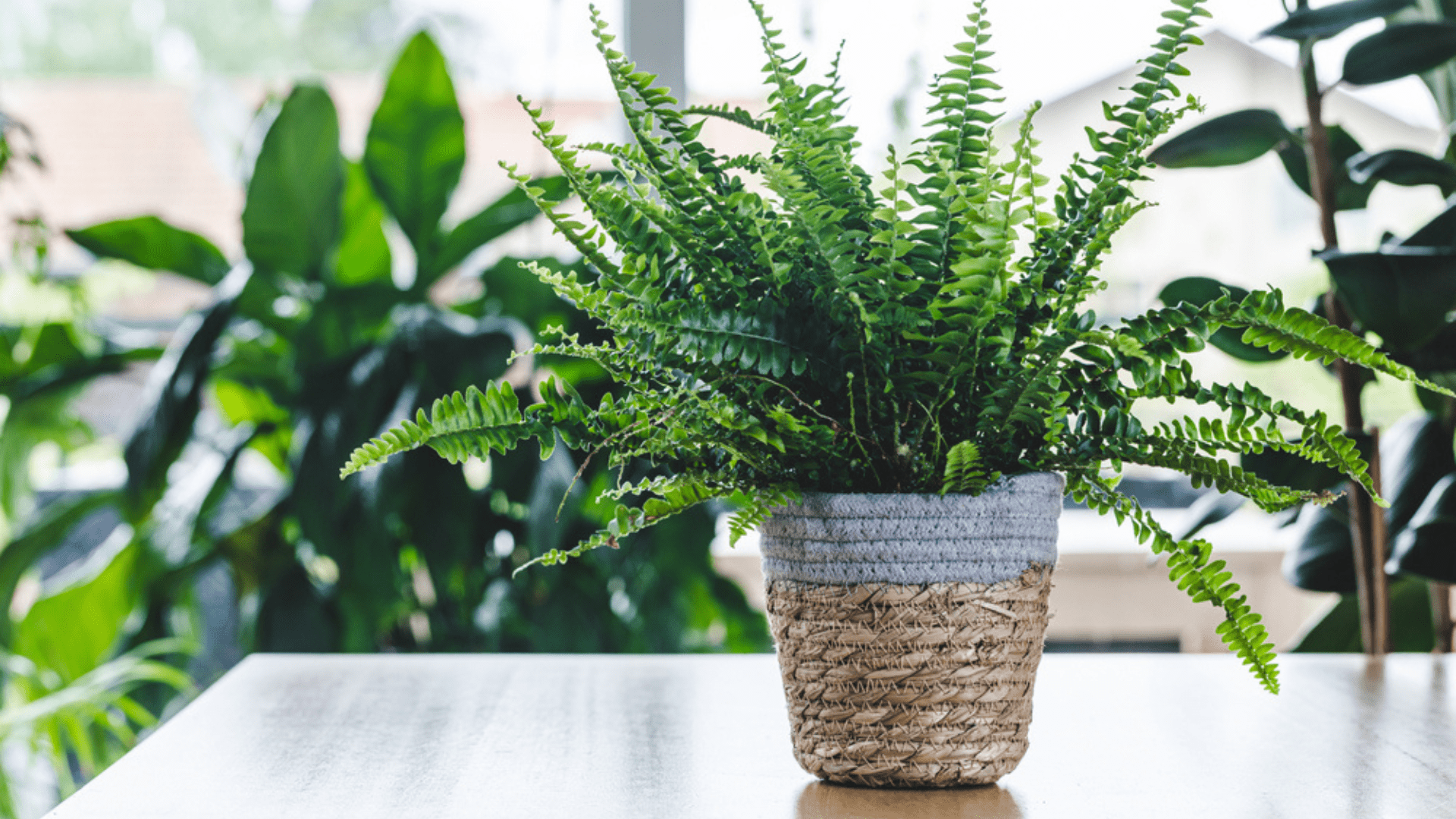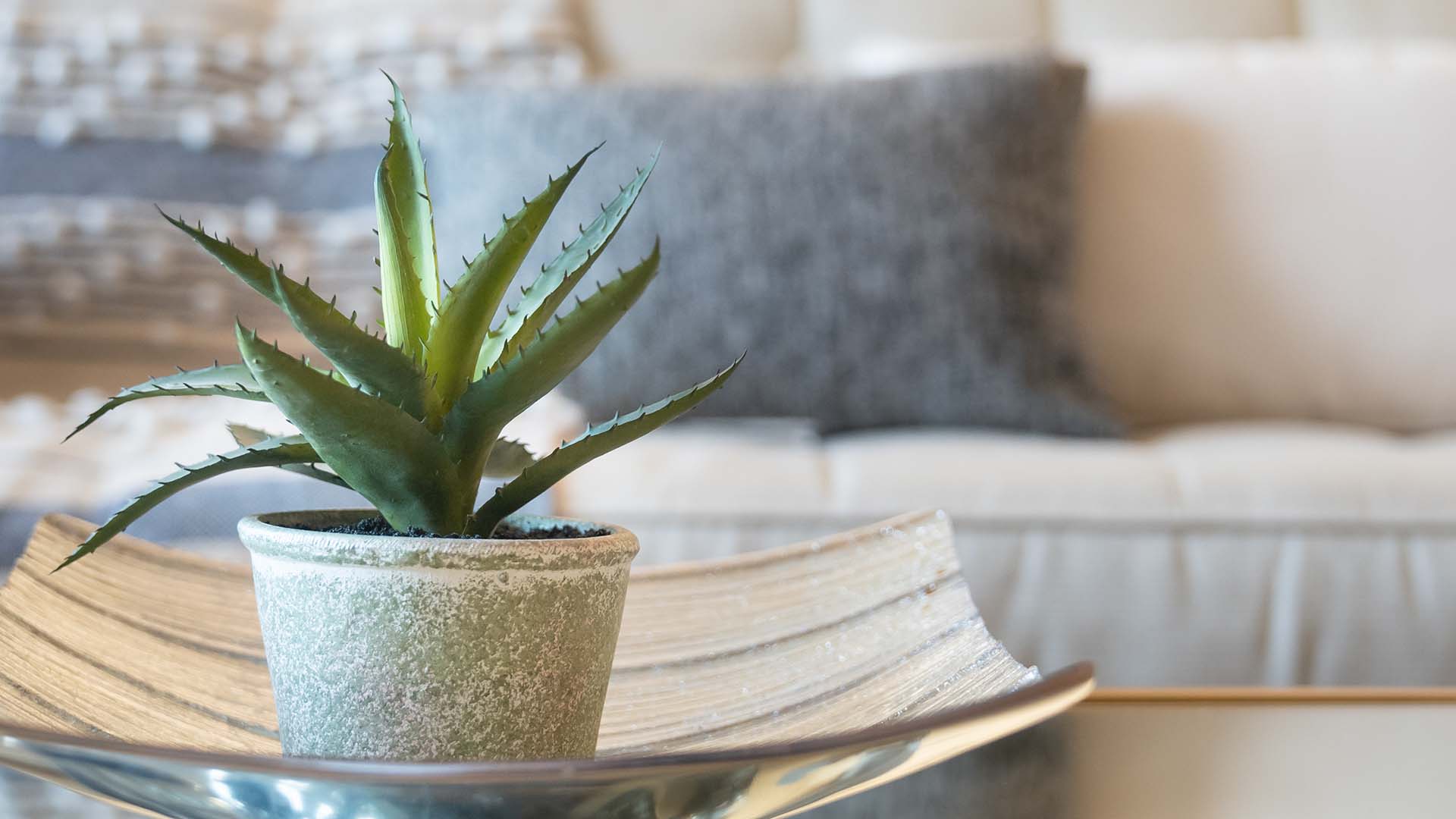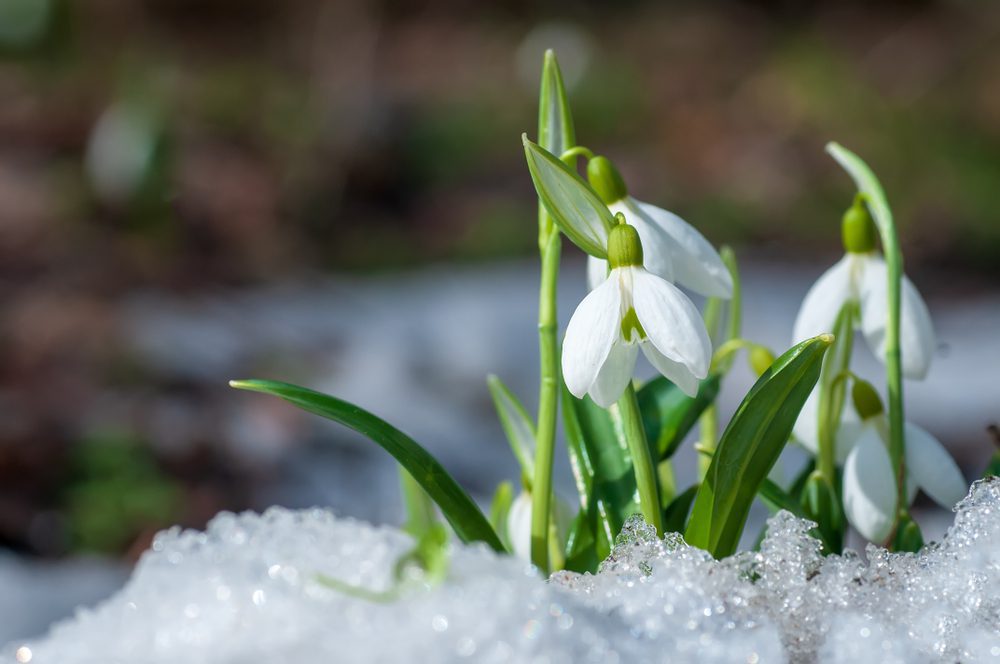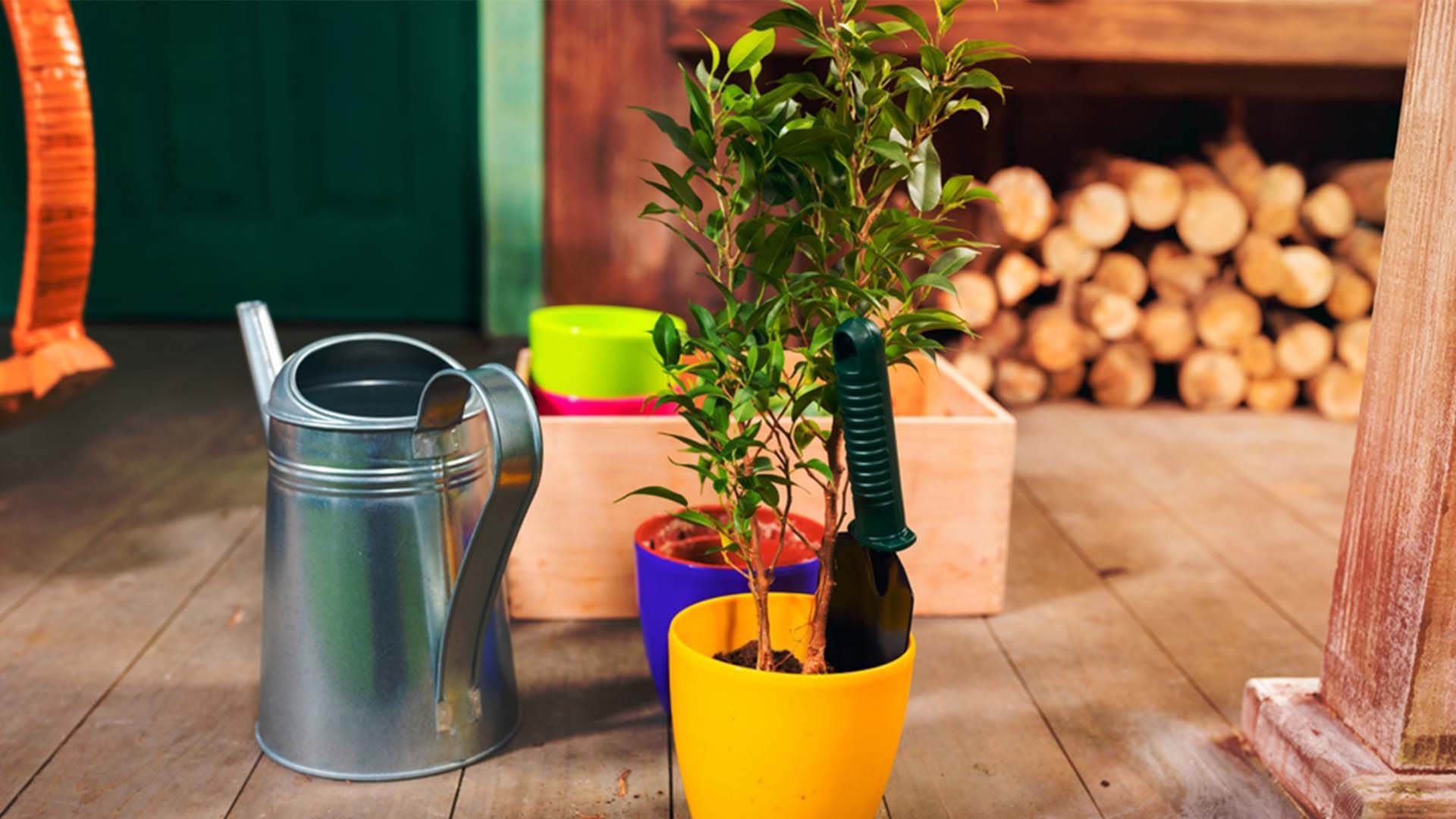Logee’s nursery, in Danielson, Conn. is home to a variety of citrus plants that have been comfortably growing for hundreds of years. Byron Martin, the founder’s grandson, asserts that you don’t need to have your own greenhouse to grow your own assortment of citrus fruits.
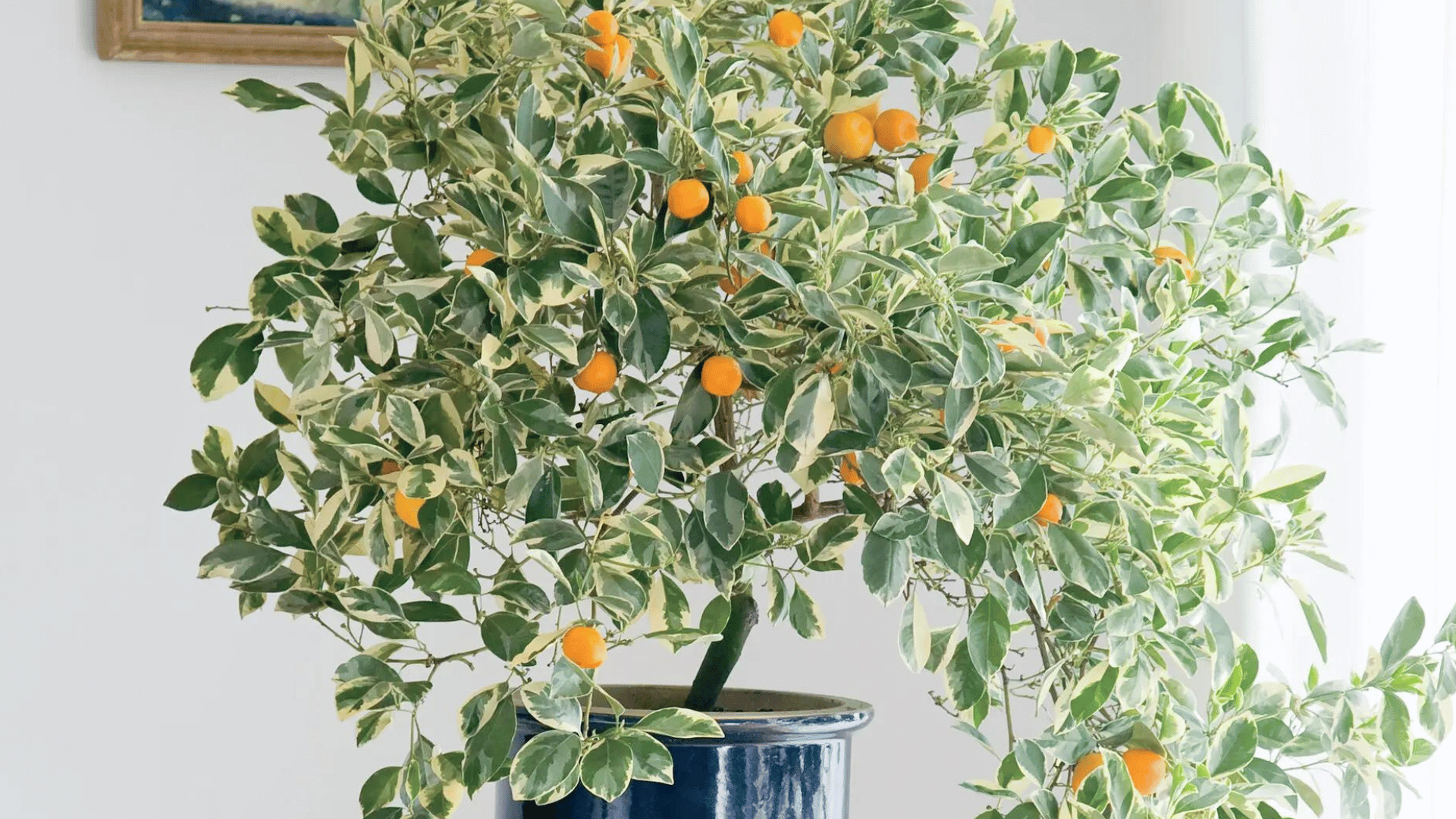
In Martin’s more than 50 years at Logee’s, he has continued to explore options for customers who don’t have greenhouses but rather a bright window in the cooler months and a sunny summer outside.
For example, the Meyer lemon (Citrus x meyeri) — thought to be a hybrid of lemon and mandarin orange — is a popular choice with dwarf growth habits.
Choosing a lemon or lime tree has another benefit, as well: a longer flowering cycle. That means you could have fruit throughout the year, not just in one big flush, as you would with an orange, grapefruit, or kumquat plant. A Meyer lemon tree promises a longer season with more of the less-acidic, sweeter, richer-flavored fruit that cooks favor.
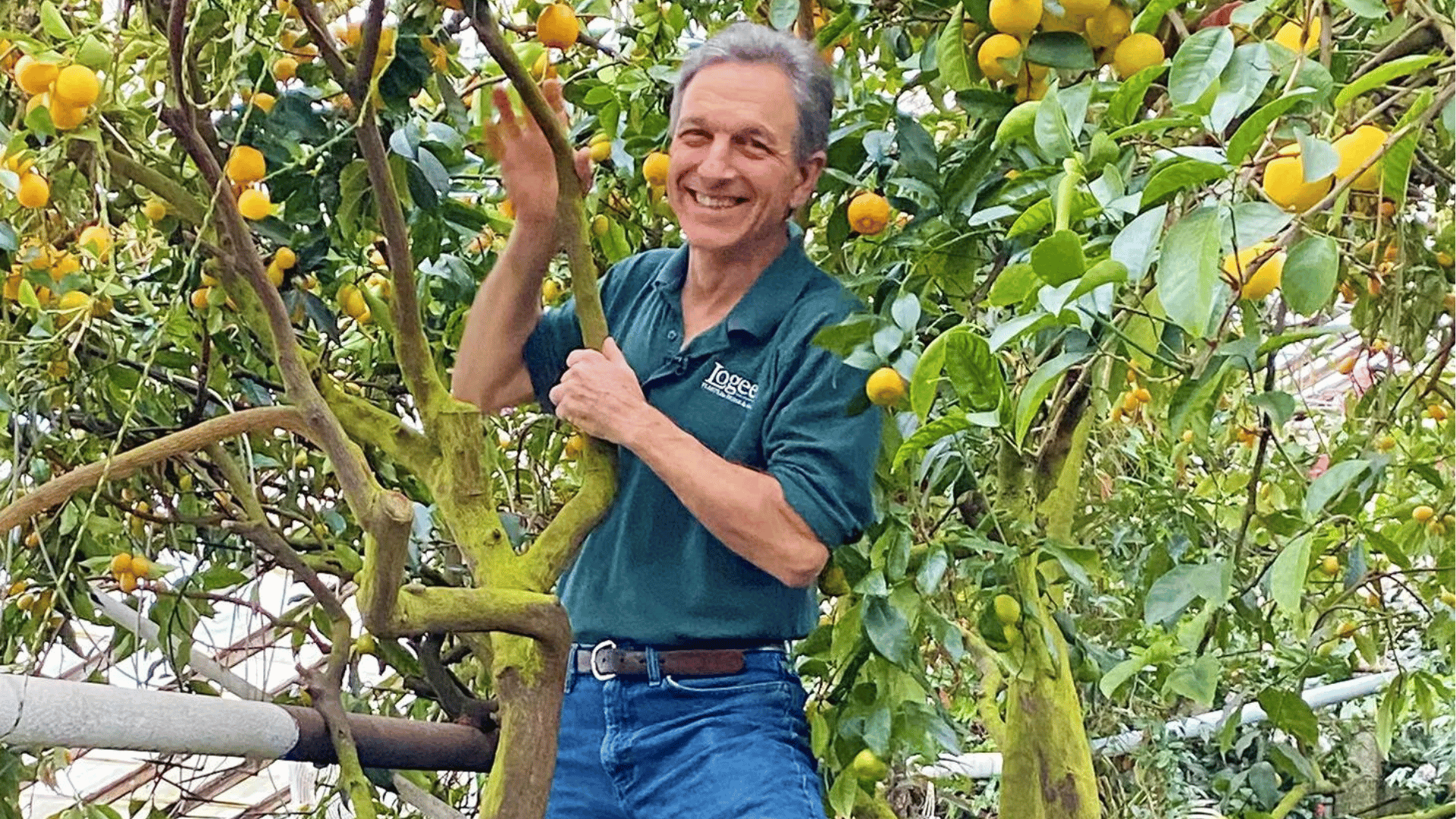
“Lemons and limes are really great houseplants, because your productivity is pretty high,” Martin said. Even when pruned to a couple of feet tall, the Key lime (C. aurantifolia) and Persian lime (a hybrid of C. aurantifolia) can be quite productive. In container citrus, most of the pruning we do is just to maintain size,” he said.
Another citrus plant that adapts to a container without much hassle is the Australian finger lime. Martin grows approximately 10 kinds, both green- and red-fruited, including the variety Red Champagne.
According to Martin, any thinning needed can be done at flowering time, often in late winter or early spring depending on the variety. It can also be done after the fruit has set, working around the fruit as much as possible while getting rid of any long or outreaching branches.
“Then you can prune with confidence,” Martin stated.
One plant in the Logee collection, a hybrid of a kumquat and possibly a mandarin orange with white-splashed leaves, thrives in the same 10-inch clay pot it has been in for 35 years.
Explore Tomorrow's World from your inbox
Get the latest science, technology, and sustainability content delivered to your inbox.
I understand that by providing my email address, I agree to receive emails from Tomorrow's World Today. I understand that I may opt out of receiving such communications at any time.
“It’s no bigger than three feet from the floor to the top of the plant,” he said. “And it’s been that way for years and years and years. We’ve just simply given it fertilizer and water throughout all this period of time.”
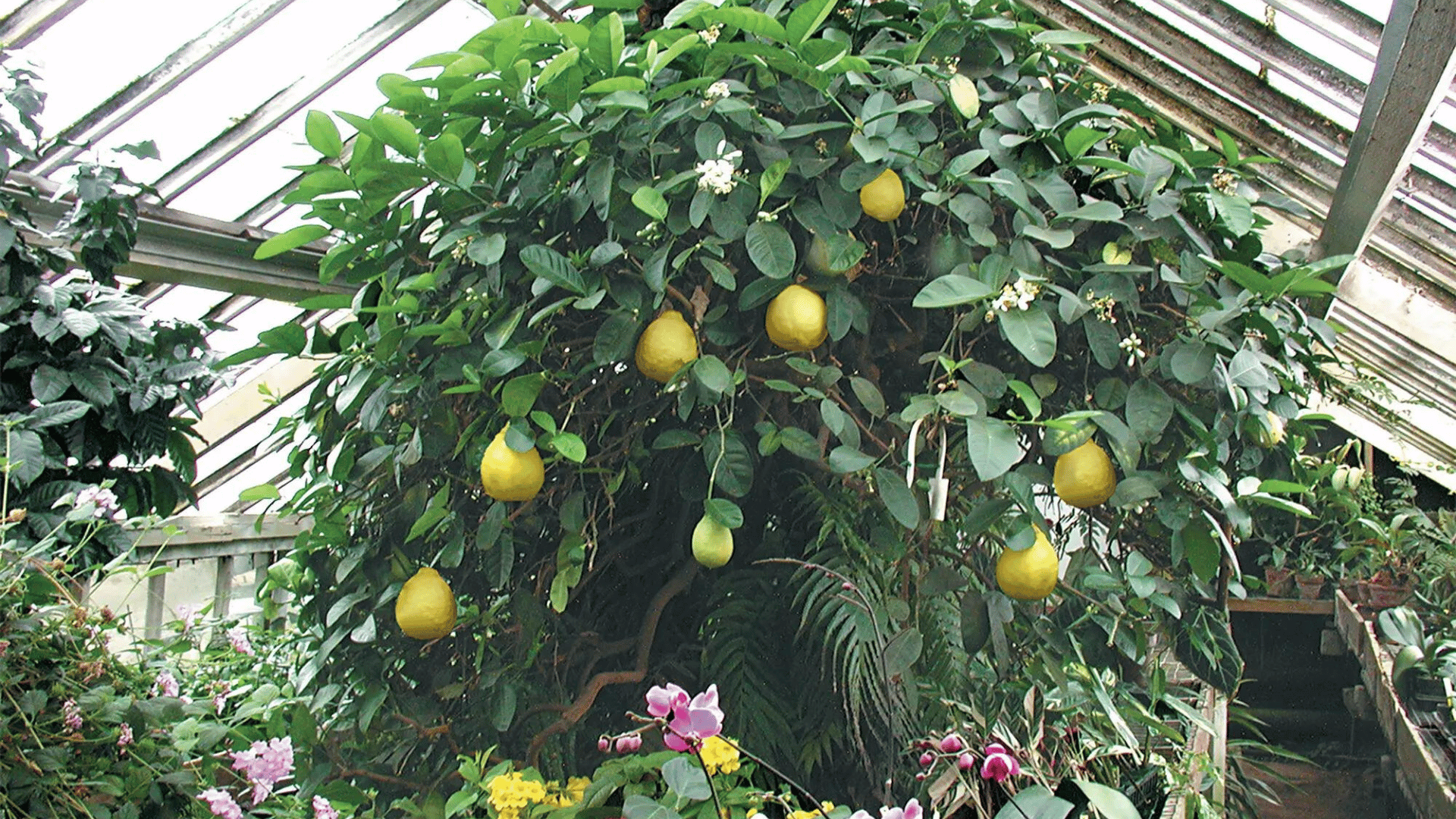
Sweet-smelling citrus flowers can be as appealing as the fruit, although the blooms of lemons and limes aren’t as intensely fragrant as those of oranges, grapefruits, tangerines, and kumquats.
According to Martin, citrus trees’ ability to adapt and grow to fit their surroundings is similar to the art of bonsai. Many plants in the collection could easily grow 10 to 20 feet or even taller had they been planted in the ground and left unchecked in a hardy area.
“The fact that citrus can grow into trees is not going to happen in a small container. Just like bonsai, you literally restrict the root system by the size of the container.”
Martin also suggests using a clay pot, rather than a plastic pot, to promote root health and prevent common citrus plant problems such as root disease.
“If you grow them under some stress, it tends to eliminate that problem,” he said, referring to root disease. “A clay pot is definitely going to give the plant a quicker dry-down, meaning more drought stress than a plastic one.”



